Wisconsin's Covid Condition: A pandemic roller coaster in 2021
The severity of COVID-19's impacts around the state ebbed and flowed over the course of the year as the task of vaccinating as many people as possible converged with the threat of emerging variants that have fueled new waves of disease.
By Will Cushman
December 22, 2021
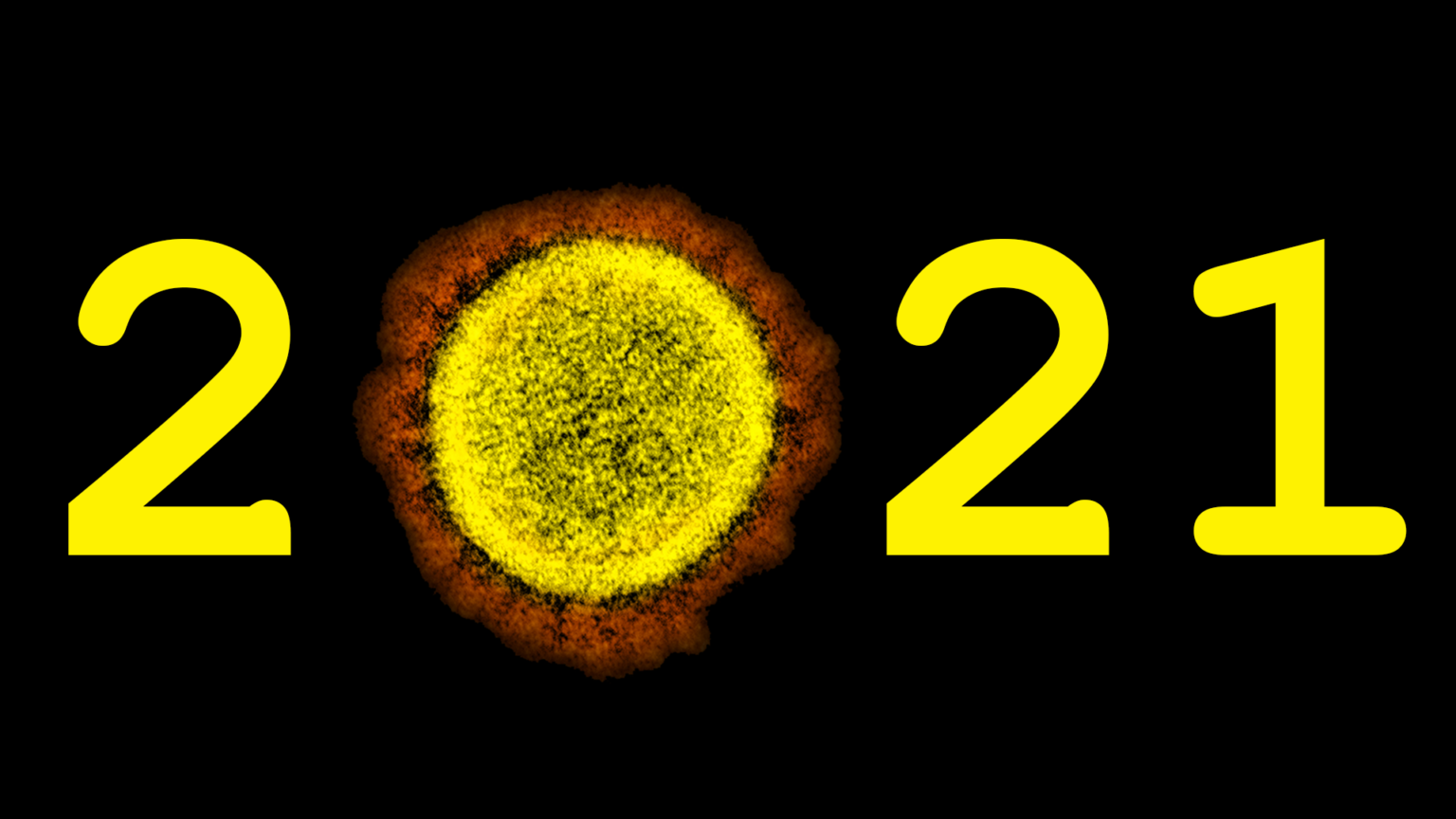
(Credit: Illustration by Will Cushman, image via National Institute of Allergy and Infectious Diseases)
Two years after the virus that causes COVID-19 first made its presence known, its global impacts are as inescapable as ever as 2021 draws to a close.
A new and extremely transmissible variant is prompting the Wisconsin Department of Health Services to issue an urgent health advisory in advance of the year-end holidays.
“We are at another critical moment in this pandemic,” said Karen Timberlake, secretary-designee for the state health department, during a Dec. 20 media briefing.
“The highly contagious Omicron variant of COVID-19 has been detected and is anticipated to cause a rapid increase in disease activity in our state in the coming weeks just as it has in other states and other countries,” she continued.
Omicron is fueling eye-popping case counts from South Africa to New York City just a year after the first vaccines were administered, and Wisconsinites are facing one more twist in the pandemic rollercoaster that is 2021.
Here’s a month-by-month look at how COVID-19 has ebbed and flowed in Wisconsin over the last year.
January
Political violence and a dramatic transition of power at the federal level as new President Joe Biden took office made for a fraught beginning to 2021. But the year also started out with a measure of hope that the worst of the COVID-19 pandemic might be in the past, as the state’s most serious surge of cases, hospitalizations and deaths, which had each peaked in late 2020, began easing.
Wisconsin’s vaccination campaign had started just weeks earlier in December 2020. Demand for the shots ran high, with limited supplies initially reserved for people most at risk, including nursing home residents and staff, health care workers and, eventually in late January, everyone 65 and older. With a wide gulf between supply and demand for the vaccines, the sometimes confusing rollout repeatedly came under scrutiny.
Also prominent in January was a political tempest over the statewide mask mandate, with Republican majorities in the state Legislature making clear that they did not support Gov. Tony Evers’ use of emergency public health powers to extend masking requirements. However, the Assembly initially backed off efforts to rescind the mandate following reports the action could jeopardize emergency food assistance.
February
Political drama over the statewide mask mandate continued in February, as legislative Republicans decided to act on their threat to throw it out amid a showdown with the governor over pandemic relief and mitigation strategies. Evers promptly issued a new emergency order requiring masking.
February also saw a continuing intense focus on the state’s initial vaccine rollout, slow compared to the national average, as even eligible residents sometimes faced obstacles in landing an appointment. As the campaign picked up steam, concern over inequities in the vaccine distribution surfaced alongside a renewed push to promote a fair rollout. Citing a decline in cases and the prospect of vaccination, some large school districts around the state that had been entirely virtual for close to a year, including in Madison, announced plans to return to in-person instruction.
Alongside the vaccination progress, news that a possibly more transmissible variant of the virus that causes COVID-19 was identified in Wisconsin highlighted the importance of examining virus samples for possible genetic mutations that could pose public health trouble. It also foreshadowed what was to become a running theme in 2021: a race between vaccinations and variants.
March
March saw a continued decline in new covid cases as vaccination eligibility greatly expanded to more Wisconsinites, depending on their work setting or pre-existing health conditions. By the last week of the month, at least two-thirds of Wisconsin adults were eligible for the shots based on weight alone.
As eligibility expanded, so did supply, leading to large-scale vaccination clinics including one at Lambeau Field in Green Bay. Still, some Wisconsinites continued to struggle to schedule appointments, including people who are blind and visually impaired. Disparities in vaccine distribution and uptake became more apparent over the month.
The importance of getting as many people vaccinated as quickly as possible was heightened by growing concern over new and more transmissible variants. Meanwhile, an ongoing decline in new cases prompted public health officials to loosen some public health restrictions and clean up state pandemic data.
At the end of the month, a conservative majority on the state Supreme Court ruled the governor’s public health emergency powers were time-limited, striking down Wisconsin’s mask mandate, the final remaining statewide mitigation policy.
April
April kicked off with new cases plateauing as Wisconsin surpassed 1 million vaccinations.
Concerns that the state Supreme Court’s decision to overturn the statewide masking order put millions of dollars in federal food assistance in jeopardy were alleviated as the state received confirmation that benefits, expanded during the pandemic, would continue.
Meanwhile, even as the speed of the state’s vaccination campaign peaked with universal adult eligibility, new covid cases spiked in April as more transmissible variants spread. The variants prompted a funding boost for genetic research focused on the coronavirus and its variants.
Also in April, a federal pause on administering Johnson & Johnson’s one-dose vaccine due to very rare but serious side effects complicated the state’s vaccination campaign at a critical moment when eligibility was widely expanding amid the race to cut off variants. Geographic patterns in vaccination and transmission rates became more pronounced over the month, as vaccine hesitancy among a considerable portion of the population became clearer.
May
Following April’s peak in daily vaccinations, demand for shots among the significant share of unvaccinated Wisconsinites fell precipitously in May. The new dynamic prompted state health officials to shift to an on-demand vaccination strategy as variant-fueled transmission remained high in parts of the state.
Also in May, federal regulators approved the first COVID-19 vaccine for children ages 12 to 15, briefly boosting vaccination demand. As new cases declined nationally amid the now-gradually rising vaccination rates, the Centers for Disease Control and Prevention announced that masking was no longer necessary for fully vaccinated people in most settings, helping spur the remaining local health departments in Wisconsin with mask mandates to plan their end.
At the same time, the slowdown in new infections focused attention on diverging disease rates between vaccinated and unvaccinated Wisconsinites, as well as how the state tracks pandemic metrics.
June
June marked a brief period of optimism that the worst of the pandemic was largely in the past. The state’s last remaining local public health restrictions were lifted as new cases plummeted.
However, resistance to the vaccines among some Wisconsinites was building. While extreme rhetoric from some Republican lawmakers helped fuel this backlash, high vaccination rates in some Republican strongholds around Milwaukee’s suburbs told a more complicated story about the demographics of partisan politics and vaccine hesitancy.
July
If June marked a high point in pandemic optimism, fresh concerns in July over a newly identified variant foreshadowed another difficult stage in the fight against COVID-19.
Eased restrictions and a sense of safety provided by the vaccines spurred a summer tourism boom around the United States, including in Wisconsin. However, the return to some semblance of normalcy was to be short-lived as the newly identified and highly transmissible Delta variant prompted fresh concern among medical experts, particularly for the large share of residents who remained unvaccinated.
With half the state population still unvaccinated by late July, new cases and hospitalizations began to rise in Wisconsin once again. New evidence that the Delta variant could spread even among fully vaccinated people elicited anxiety from public health officials as the CDC retooled its masking guidance once again, calling for universal masking in schools and virus hotspots.
August
The implications of the Delta variant’s heightened transmissibility came into full view in August as a fresh wave of disease hit Wisconsin. The Delta-fueled spike in cases caused covid-related hospitalizations to grow once again after a relatively quiet couple of months, with intensive care units around the state filling with the highest number of covid patients since late 2020.
This resurgence also complicated plans for returning to in-person instruction at schools and universities in Wisconsin, as public health recommendations for universal masking met fierce political resistance in various areas.
The Delta wave’s effects spared no part of the state, even highly vaccinated locales. It prompted fresh urgency and new strategies at the state level for encouraging more Wisconsinites to get vaccinated, as well as new vaccination requirements among some employers, particularly hospitals and long-term care providers.
September
By September, the Delta surge’s unwelcome impact on Wisconsin’s hospitals and health care workers was approaching crisis levels again.
With another school year starting, educators and students around the state, from the rural Northwoods to the University of Wisconsin-Madison campus, were cautiously gauging how well safety protocols could protect against the spread of Delta.
The Delta variant drove employers and federal officials to consider new vaccination strategies in September. Federal regulators approved additional vaccine doses for immunocompromised people, but held off on approving booster shots for other adults even as data suggested a drop in protection provided by the vaccines after six to eight months.
Meanwhile, President Joe Biden announced a sweeping vaccination mandate for tens of millions of Americans, even amid backlash to previously announced employment-based vaccination requirements. A growing number of entertainment venues around the state also instituted vaccine requirements for patrons and staff, seeking to rebuild confidence that live events could go on safely.
As the month progressed, the toll of the Delta wave on schools, hospitals, and public health departments worsened. The mental and emotional impacts were felt particularly acutely by exhausted and traumatized frontline health workers.
October
The effects of the Delta variant remained at the forefront in October. New deaths increased alongside cases and hospitalizations, sending Wisconsin’s confirmed COVID-19 deaths past 8,000, a toll approaching that of the great influenza pandemic just over a century earlier.
While the surge renewed the strain on Wisconsin’s hospitals, it also exacerbated workforce shortages affecting many employers around the state, from restaurant owners to school districts and bus operators.
And even as it became clear that Delta was responsible for a significant number of breakthrough infections in fully vaccinated people, state data showed the powerful protection vaccines continued to provide, particularly against severe disease and death. This evidence was one reason that a growing number of beleaguered health care systems in the state opted to require their staff be vaccinated during this period.
By the latter part of the month, new cases and hospitalizations began to slowly decline at the same time federal regulators recommended booster shots for certain fully vaccinated adults. Also on the vaccination front, regulators approved the first pediatric COVID-19 vaccines.
November
Despite the ongoing Delta wave, November began with a dose of fresh optimism as children as young as five became eligible for vaccination and state health officials sought to address some parents’ concerns over the shots.
However, as the month wore on, progress against the latest surge reversed as new cases and hospitalizations grew once again, hitting their worst levels since 2020. The spike coincided with the revelation that Green Bay Packers quarterback Aaron Rodgers was not vaccinated and had contracted the virus, highlighting the star player’s deception over his vaccination status and misinformation-laden views on the pandemic.
November also saw a second Thanksgiving disrupted by the COVID-19. There was also a growing understanding of the pandemic’s ill effects on special education students. Nearly a year after the first vaccines were administered in the state, a persistently wide gender gap in vaccination rates across the state highlighted yet one more challenge for public health officials’ efforts to end the pandemic.
December
The final month of 2021 has reinforced the ongoing threat that COVID-19 poses to Wisconsin and the world.
Scientists discovered that a majority of wild deer sampled in Iowa were infected with the coronavirus that causes COVID-19, fueling fresh concern about the possibility that other species could act as incubators for variants with dangerous mutations.
Meanwhile, a new variant first identified in southern Africa underscored that dangerous new strains of the virus are a constant threat. Known as Omicron, this variant likely began spreading in Wisconsin near the end of November, with several cases tied to a wedding celebration in Milwaukee.
Scientists are racing to understand just how transmissible Omicron is, how sick it makes people, as well as how well it evades immunity gained via natural infection and vaccination.
Early evidence indicates Omicron is even more transmissible than Delta, and is better able to evade prior immunity, spurring health officials to make all adults eligible for booster shots in a race to increase their defenses. Whether and to what degree Omicron causes milder disease than its predecessors has remained an open question.
Even if Omicron is found to be generally milder, its extreme transmissibility is a potential threat in itself, health officials have warned. Its arrival in Wisconsin comes as Delta has continued to drive high rates of hospitalizations around the state, prompting Gov. Tony Evers to request federal staffing aid for hospitals pushed to their limits.
On Dec. 21, President Joe Biden announced several steps his administration was taking to combat the new variant. They include providing better access to free tests, aiding struggling hospitals, and adding new pop-up vaccination clinics in communities across the U.S.
“I know you’re tired … and I know you’re frustrated,” Biden said. “We all want this to be over, but we’re still in it.”
In many ways, 2021 is ending like it began — with the COVID-19 pandemic remaining a massive challenge and public health threat with no clear end in sight.
 Passport
Passport




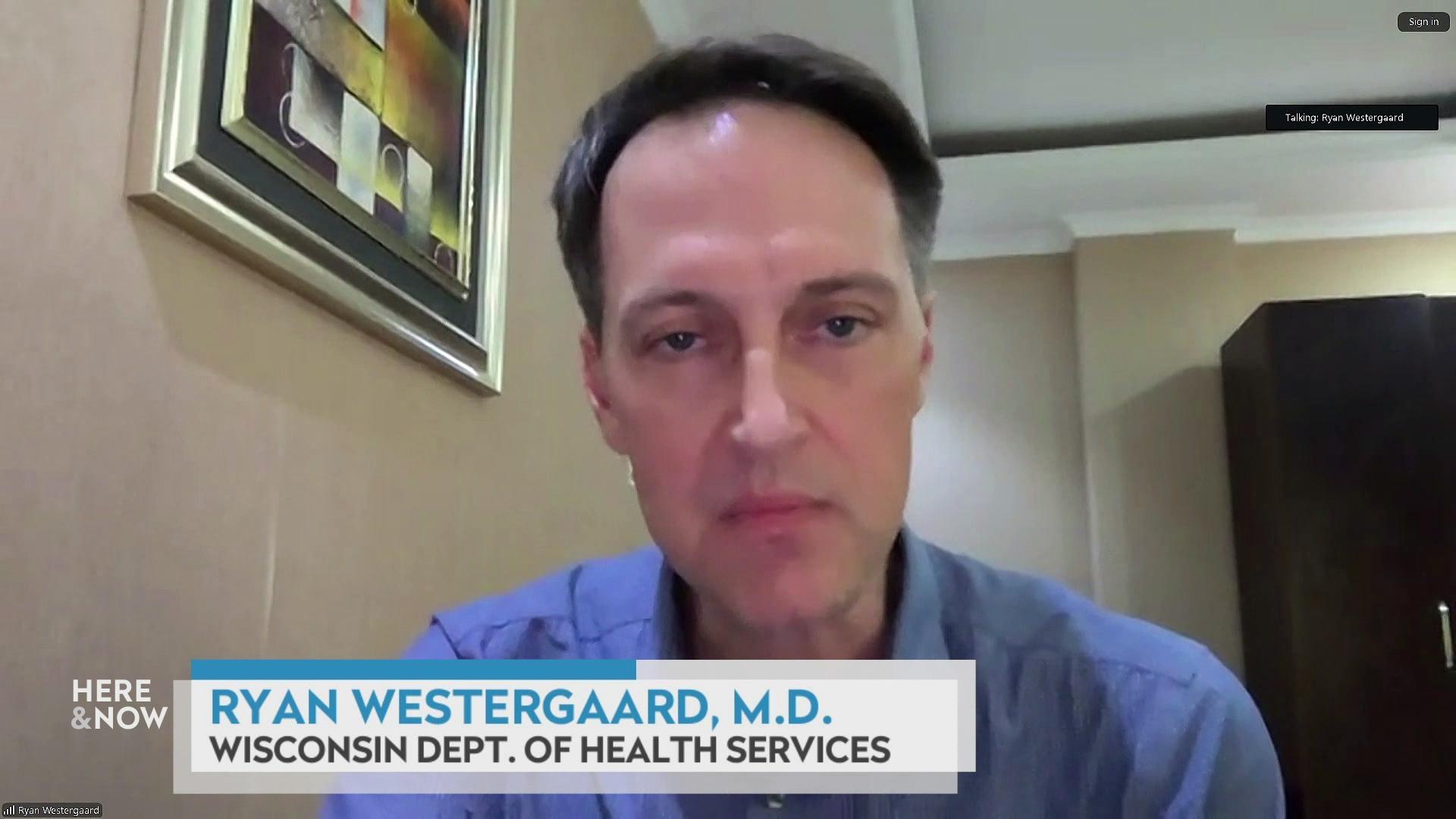
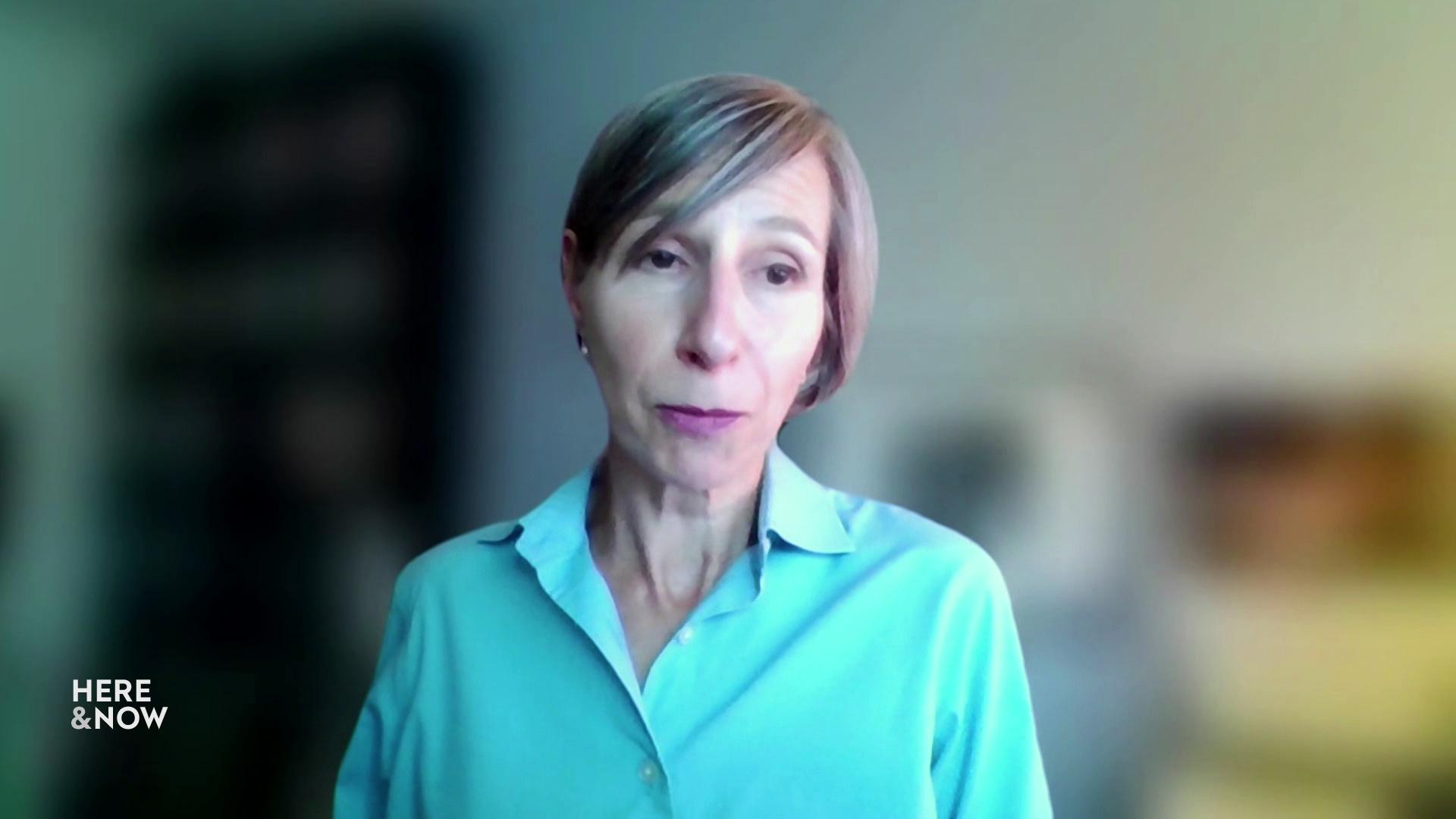
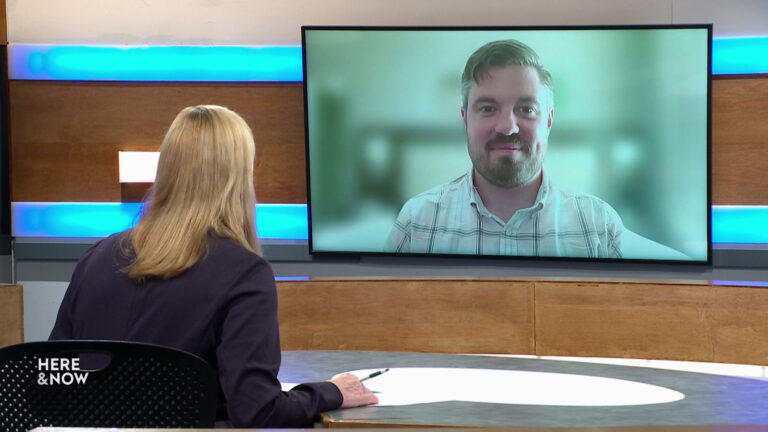
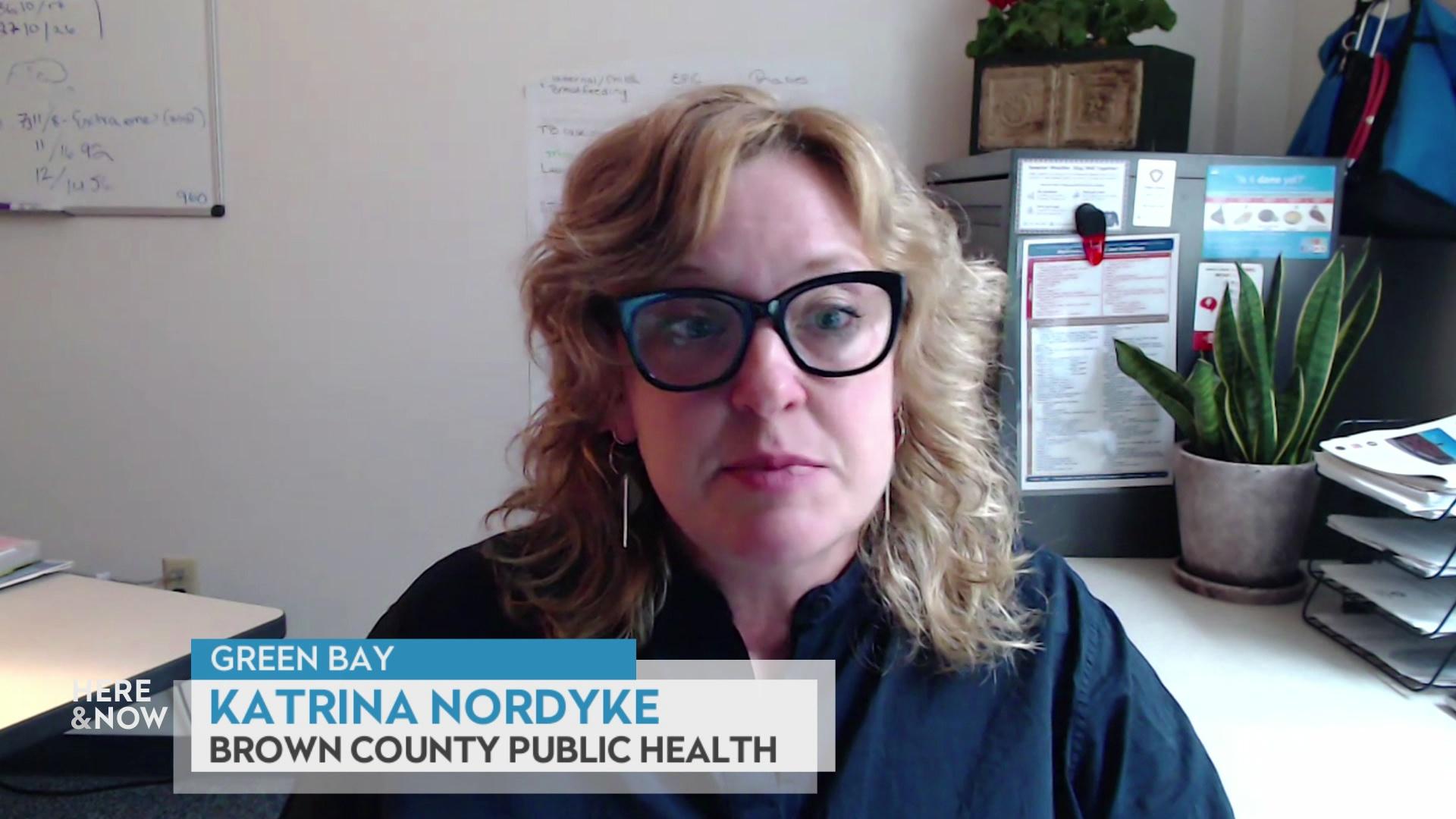
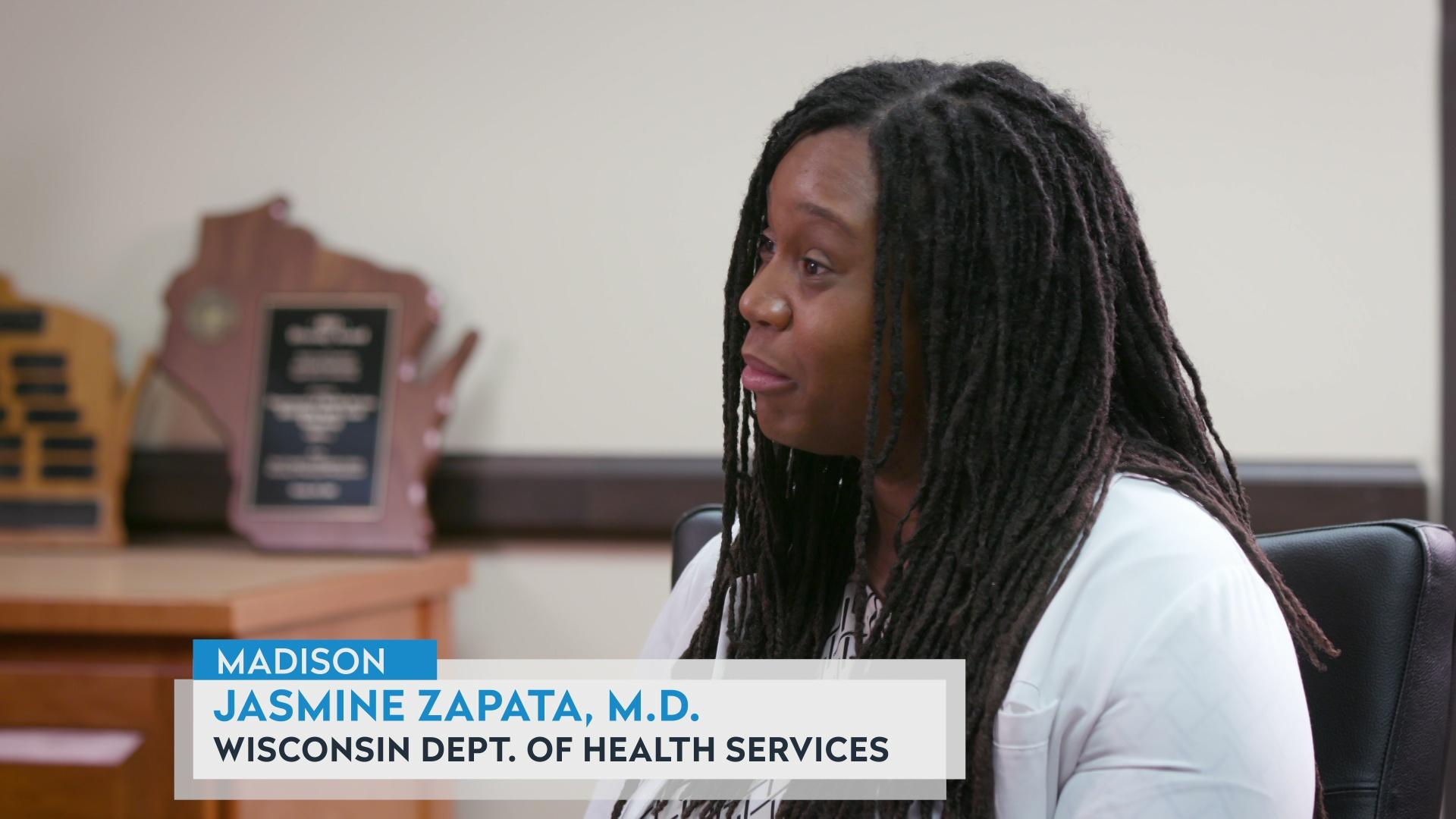
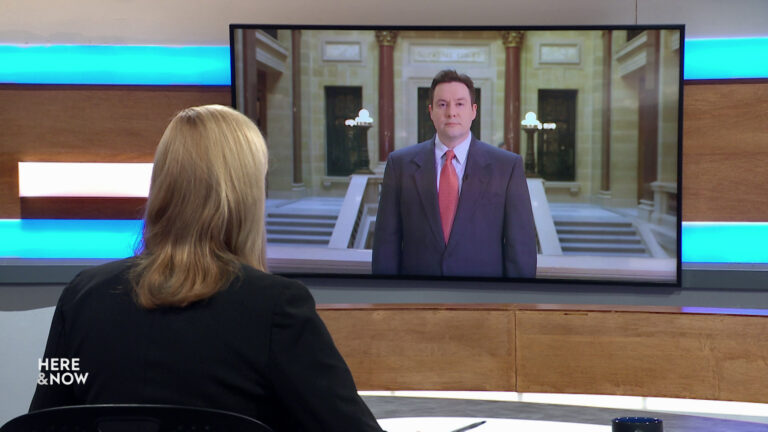

Follow Us